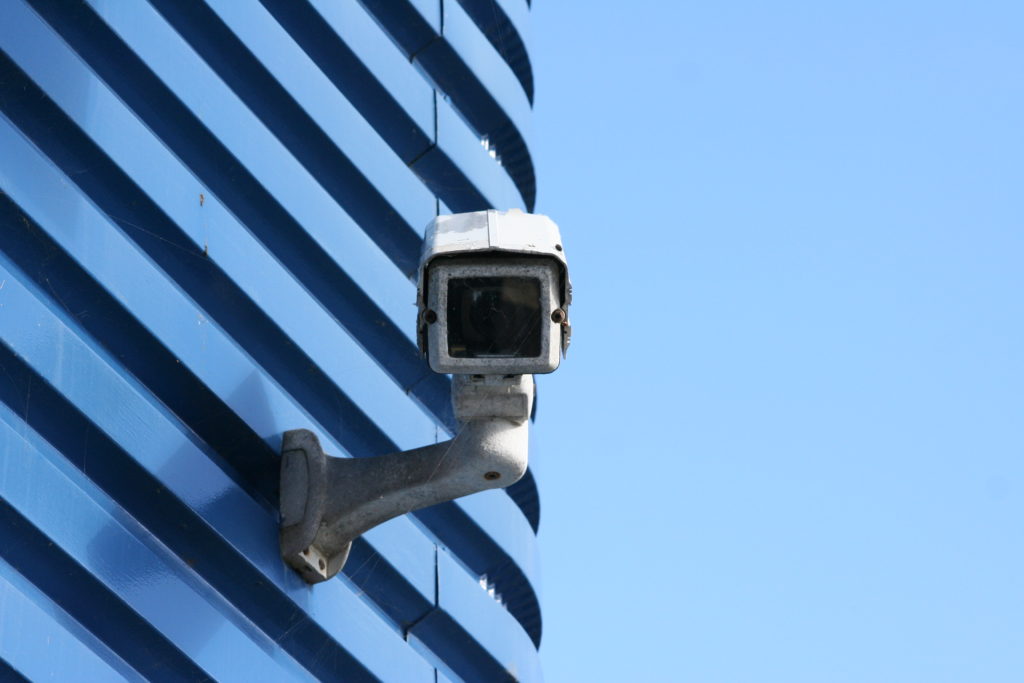Here are two of my outcomes that are a response to my initial ideas looking at surveillance in terms of breaking the rule of manipulation. I have created these images by combining images of CCTV cameras from my first photo shoot of the ‘political landscape’ project and images of surveillance footage which I have found. This is inspired by my research on photographer Alice Wielinga as she uses a combination of her images and other visual material which she has sourced. The idea behind this was to Photoshop the surveillance images into the lens screen of the CCTV cameras, in order to signify the kind of activity that is picked up by the CCTV cameras, and the effects of this. I find that this makes for a very unusual looking image as the CCTV camera is displaying an image rather that producing an image itself.


Here are the two original images from my photo shoot, I believe that these images are very minimalist and in a way fairly abstract, this means to me that if I was to break the rule of manipulation using these photographs then I would need to produce something that has a significant point of focus and interest, which in this case is the image being projected by the CCTV camera in the images.


Finally here are the two pieces of sourced visual material that I used to help me break the rule of manipulation. I chose these two pieces of security footage in particular as they display criminal activity, one a robbery and the other a gas station arson.


This signifies the positive aspect of surveillance in which it can help to prevent or capture criminal activity, however I also plan to look at the negative and corrupt aspects of surveillance throughout this project.
